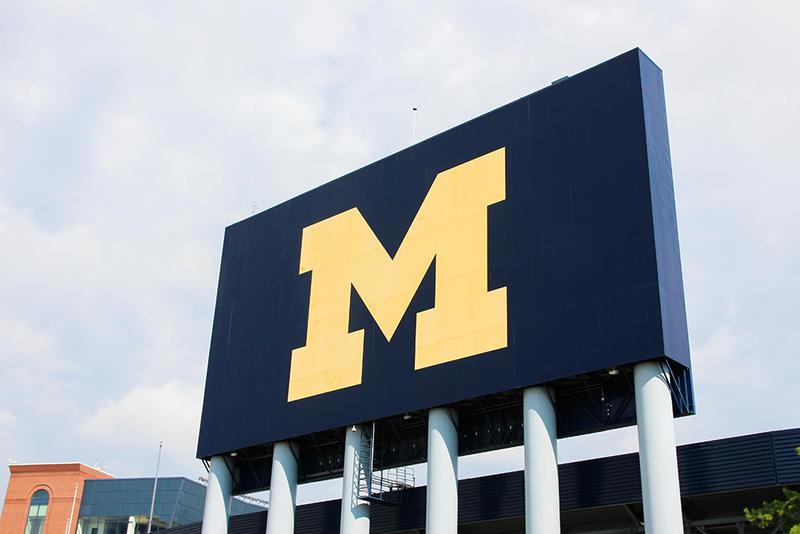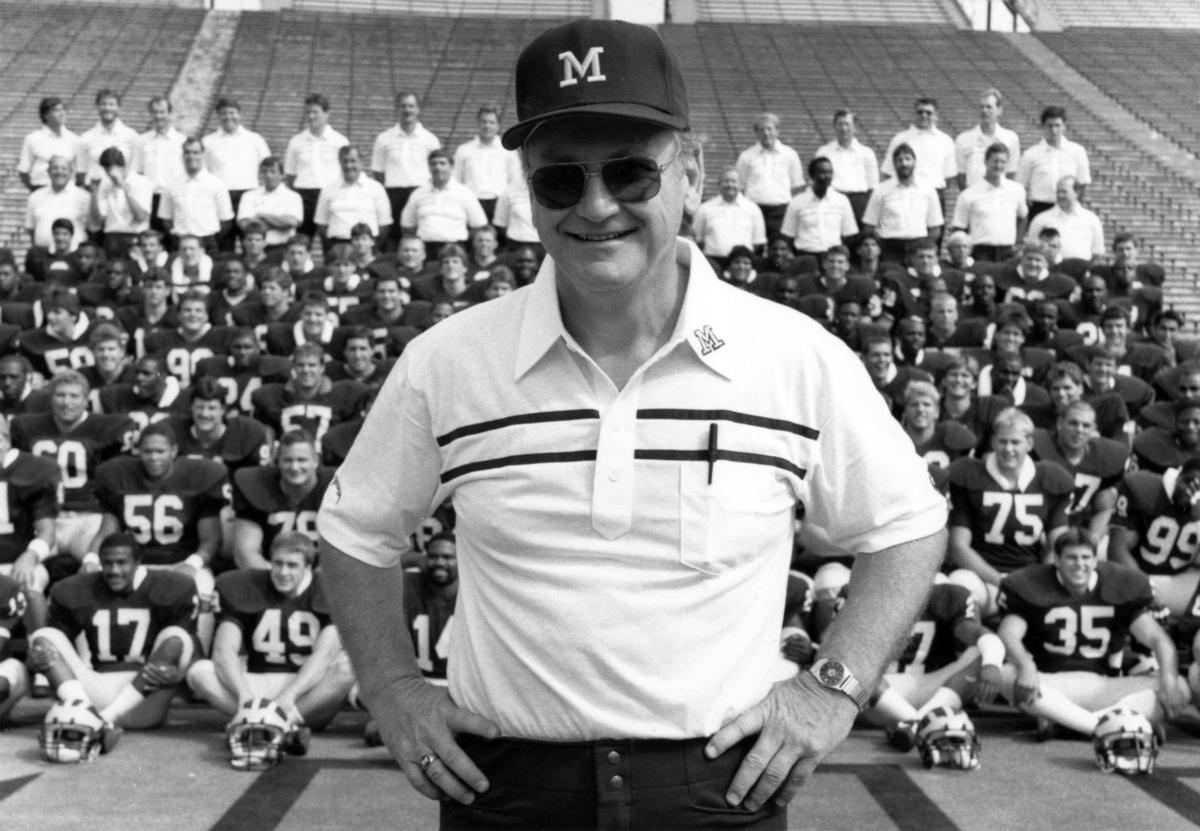|
"By not acting, you're enabling." Why survivors are abandoned to protect institutions.
By Anne Clark
Dr. Robert E. Anderson was a physician at the University of Michigan from the late 1960s to early 2000s. Hundreds have accused him of sexually abusing them in the time period. The doctor is not here to answer for his actions. Most—but not all—of the people accused of enabling him are gone too. What, then, does justice look like? The following interview is featured in this story by Anna Clark about those survivors, his enablers, and the institution that is finally facing a reckoning. Amos Guiora grew up in Ann Arbor, and his father was a faculty member at the University of Michigan medical school at the time that Dr. Robert Anderson worked there. He describes himself as “the world’s biggest Michigan football fan” and “the ultimate son of Ann Arbor.” Now, he is a law professor at the University of Utah and the author of the forthcoming book Armies of Enablers: Survivor Stories of Complicity and Betrayal in Sexual Assaults. It looks at the culture of complicity that made systemic sexual abuse possible at Michigan State University, USA Gymnastics, Ohio State University, Penn State, and the Catholic Church. The only son of two Holocaust survivors, he is also the author of The Crime of Complicity: The Bystander in the Holocaust. This interview has been edited for length and clarity. How did you approach your investigation into how systemic abuse happens at major institutions? This book is not about the assault, but about the enabler. I spent zillions of hours interviewing 20 to 25 survivors, and the book is really their voices answering one critical question, and that question is: ‘What were your expectations of the enabler?’ It’s trite to say it, but I am humbled by the survivors’ willingness to trust me with their stories. The survivor-enabler relationship is an issue that has never really been addressed. And in addition to that, the book addresses two critical legal questions. One is the possibility of criminalizing the enabler, and the other is the whole Title IX question. The question of criminalizing the enabler for me is also part of a sequel, because my first book, The Crime of Complicity, has resulted in my intensive engagement in the past three or four years with the Utah legislature, seeking to criminalize the bystander. Why has there been less attention on the role of enablers in these cases? Even when they rise to the level of notoriety as Michigan State or Penn State? The question of the enabler is something the public doesn’t want to hear, and absolutely must hear. One of the reasons that men and women were willing to talk with me was because they felt they had talked forever about the predator. Some of them had given victim impact statements, they’d been here, they’d been there. But nobody was asking about the enabler. They felt it had to be addressed. Frankly, as bad as the assaults are, we can grasp it. He did that to her, or he did that to him. But the enabler, that’s something more intangible. It may be more amorphous, and therefore harder to grasp onto and harder to appreciate the unbelievable consequences. In investigating this, is there anything about the dynamic of enabling that surprised you? That the survivors are abandoned in the name of protecting the institution, in case after case. Wherever they turn, there was an enabler who made a concerted effort to protect the predator rather than protecting the survivors. The analogy I use in the book is enablers are the offensive line for the predator, who's the running back running to the goal line, and they’re fending off the survivors. Why do so many different kinds of people decide that the most rational thing to do is to protect the institution over an individual? A number of reasons, I think. One is because of this notion of loyalty to the institution. And loyalty is an important question. Two -- and I say this hesitatingly -- perhaps there are financial interests that make them not want to be a whistleblower. And one of the things the [survivors] consistently said is that nobody believed them, that it’s easier to minimize the harm. The trainer at Michigan State made it clear to [a survivor I interviewed] that her loyalty was to [sports doctor Larry] Nassar and not to her. I think some of the Catholic priests who covered up for other Catholic priests were predators when they weren’t enabling. I think that the Church made it very clear that you’d just be moved from location to location, from parish to parish. How do you draw the line for what counts as enabling? With criminalizing the bystander, it’s knowledge and capability to act when you’re physically present when someone is in peril. The enabler, if you make your way through all the enablers in the book who either saw, heard, or had reason to know, I see no difficulty in going forward with prosecuting. Peter Pollard is a 14 or 15-year old boy who is sitting on a priest’s lap and being assaulted, and the monsignor walks in, takes a look, and says to the priest, “When you’re done, just turn off the lights.” And the system sweeps into play, and they transfer the priest from parish to parish. That’s clearly an enabler. Kathie Klages, she’s off to jail. I understand the state of Michigan is appealing the decision to withdraw the prosecution in the indictment of Lou Anna Simon; I’ve been very critical of her in the book. It’s very clear to me she chose not to act. By not acting, you’re enabling. I heard the press conference with one of the John Does [in the Dr. Anderson case at the University Michigan] who went to Bo in ‘82, and said ‘Hey, this is what’s happening.’ Bo said, ‘Go talk to Canham.’ I grew up with Bo, but if Bo did that, that’s enabling. Why are we seeing so many cases like Dr. Anderson, where an abuser embeds themselves in an institution and is protected by its prestige, break open in recent years? Because when someone like [Anderson survivor] Jon Vaughn comes forward, it makes it easier -- that’s the wrong word, I hate that word, but easier for other guys and women to come forward. It legitimizes what they’ve kept to themselves for decades. When someone like Jaime Dantzscher, who wins the Olympics, and Mattie Larson, who was all but an Olympic athlete comes forward, when Simone Biles comes forward, I think it makes it easier for others. It’s an extraordinary service for lots and lots of others. Hopefully the University of Michigan will see itself as an ally to survivors in addressing this. Have you come across an institution where a predator embedded themselves, and the institution handled it well? Is there a positive template to follow, or is that yet to be created? I’m thinking. I don’t have a very good answer for you.
|
.
Any original material on these pages is copyright © BishopAccountability.org 2004. Reproduce freely with attribution.

